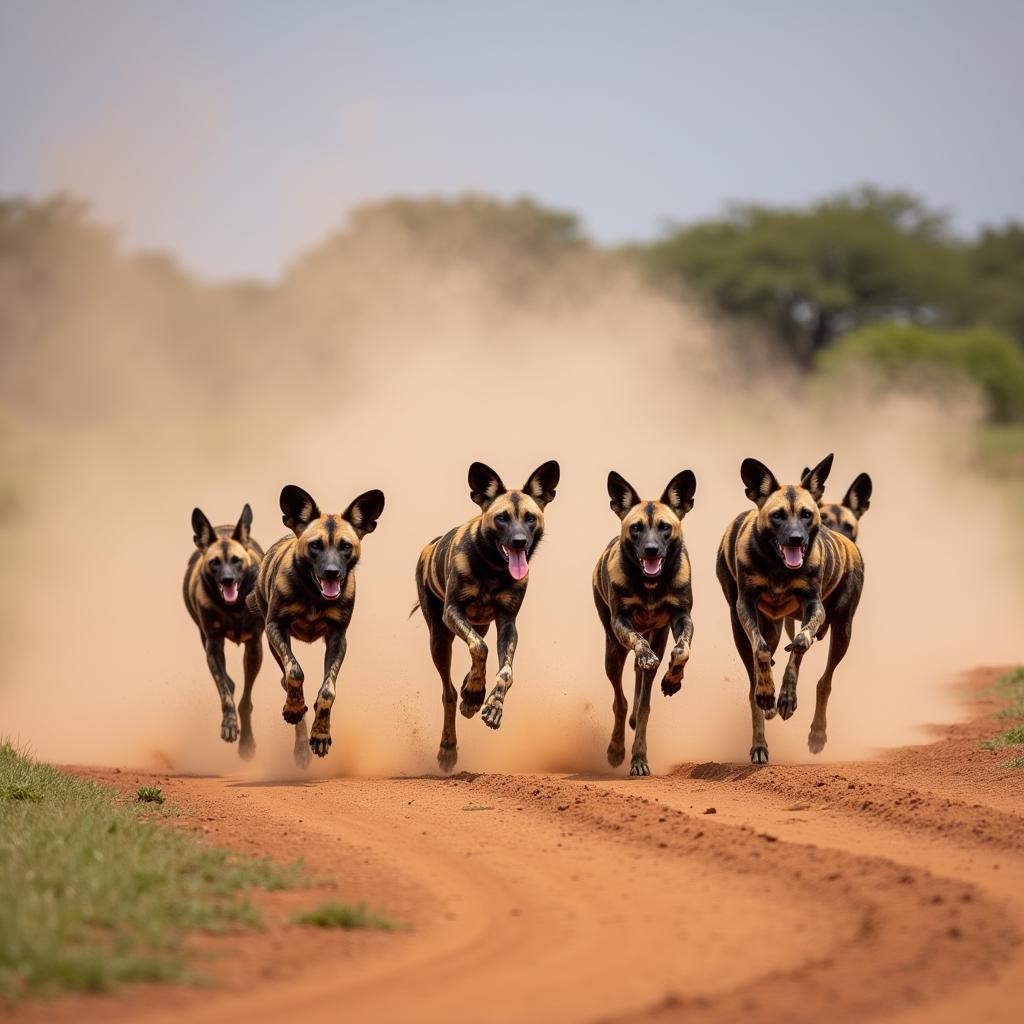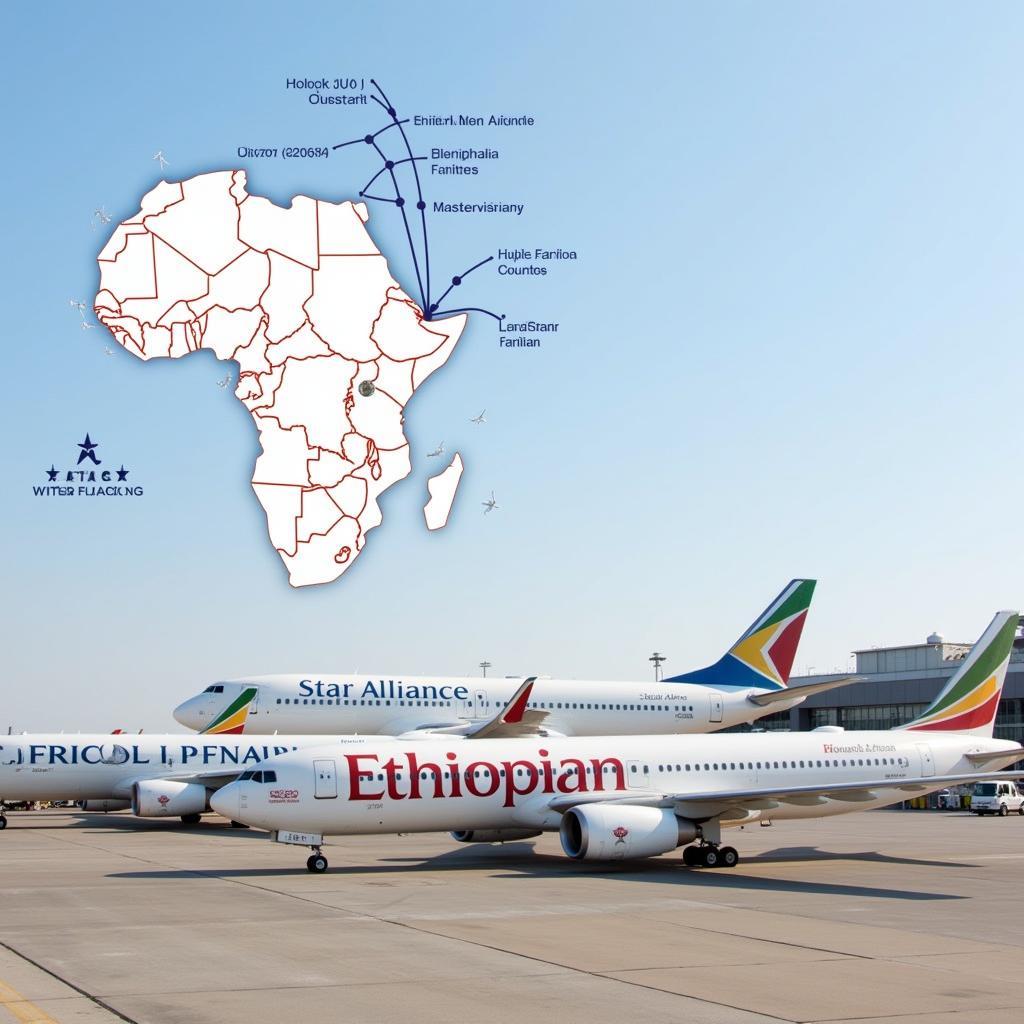The African Wild Dog: A Painted Predator on the Brink
The African Wild Dog, also known as the painted dog or Cape hunting dog, is a fascinating and endangered carnivore found in the savannas, grasslands, and woodlands of sub-Saharan Africa. These highly social animals are known for their striking, irregular coats of brown, black, and yellow fur, hence the name “painted dog.” Their unique markings, reminiscent of abstract art, make each individual easily distinguishable.
A Social Structure Built for Success
One of the most remarkable aspects of the African wild dog is its social structure. They live in packs that can range from a few individuals to over 20, led by a dominant alpha pair responsible for breeding. This highly cooperative social system is crucial to their hunting success and overall survival. Unlike many other predators, African wild dogs share the responsibility of raising pups, with all members of the pack contributing to their care and protection.
Masters of the Chase: Hunting Strategies and Prey
African wild dogs are renowned for their exceptional hunting skills. Their slender bodies and long legs allow them to reach impressive speeds of up to 44 miles per hour, making them one of the fastest land mammals in Africa. When hunting, they utilize a unique cooperative strategy known as “exhaustion hunting.” The pack works together to relentlessly pursue their prey, such as gazelles, impalas, and wildebeest, over long distances until the target collapses from fatigue.
“African wild dogs demonstrate incredible teamwork and endurance in their hunts,” explains Dr. John Kamau, a wildlife biologist specializing in African predators. “Their cooperative hunting strategy, coupled with their stamina, makes them highly efficient hunters, often achieving a much higher success rate than other large carnivores.”
 African Wild Dog Hunting
African Wild Dog Hunting
Facing the Threats: A Species in Peril
Despite their hunting prowess, African wild dogs are sadly listed as “Endangered” by the International Union for Conservation of Nature (IUCN). Their populations have declined drastically in recent decades due to habitat loss, human-wildlife conflict, and diseases like canine distemper and rabies. Conservation efforts are crucial to protect these magnificent creatures and ensure their survival for generations to come.
The Importance of Conservation
Protecting African wild dogs requires a multifaceted approach. Conservation strategies include establishing and maintaining protected areas, mitigating human-wildlife conflict, and implementing vaccination programs to combat diseases. Raising awareness about the plight of these animals is equally vital, encouraging communities and individuals to participate in conservation efforts.
Conclusion
The African wild dog, with its striking appearance and remarkable social bonds, is a testament to the diversity and wonder of the African wilderness. However, their endangered status serves as a stark reminder of the threats facing many wildlife species today. By understanding their importance and supporting conservation efforts, we can contribute to securing a future where these painted predators continue to roam the African plains.
For any inquiries or assistance, please contact us:
Phone Number: +255768904061
Email: [email protected]
Address: Mbarali DC Mawindi, Kangaga, Tanzania.
Our customer service team is available 24/7.


